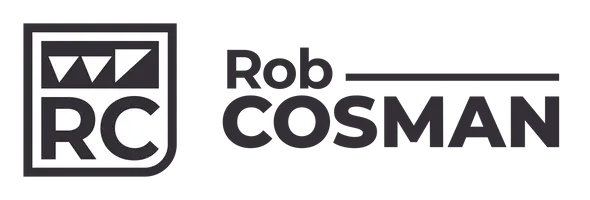The Shiplap Joint
Luther Shealy
Shiplap joints are formed by cutting identical rabbets into opposite faces of adjoining boards and then overlapping the rabbets. This produces a joint that prevents any gaps between the boards from opening up.

Shiplap gets its name from boat building. Over 1000 years ago the Vikings developed a new type of boat construction consisting of overlapping planks of wood. Today, we call this method of boatbuilding clinker or lapstrake. The Vikings had great long straight trees to work with and they had iron nails, too. They overlapped rows of planks, nailing them into place where they overlapped with the adjacent plank.

The planking was then bent into shape to form their famous boats. Using this construction method, the Vikings had boats that were way ahead of the competition.

In the centuries that followed, the practice of overlapping wood planks to keep out moisture evolved and produced the shiplap joint we are familiar with today. The shiplap joint of overlapping rabbets held edge to edge created a snug, watertight fit.
Shiplap also found its way into the building industry in the 19th century. Shiplap was used as exterior cladding in seaside cottages and cabins as a way of keeping wind and water out of houses, thanks to the overlapping joint between the boards.

The shiplap joint also found it way into fine furniture building. Before the advent of plywood, shiplapped boards were a common method used for the back of cabinets and bookshelves. The advantage of using a shiplap joint in woodworking is that the shiplap joint allows the wood to seasonally expand and contract without opening a visible gap between boards. Instead, as the wood moves the overlapping rabbets slide across each other but maintain the overlap.

How the shiplap boards are secure is especially important to the function of the joint. The wood must be allowed to expand and contract so a specific fastening strategy is required. Assuming the shiplap is used for the back of a cabinet each board is positioned with a bit of a gap to allow for expansion. Typically, and 1/8th inch or ¼ inch spacer is used to equally space apart the boards. Using pegs, nails or screws then each board is fastened to a horizontal shelf. The trick is to only use one fastener along the width of each board. This fastener could be in the center of the Board or near the edge of the board. All wood movement will move away from this fastener.



